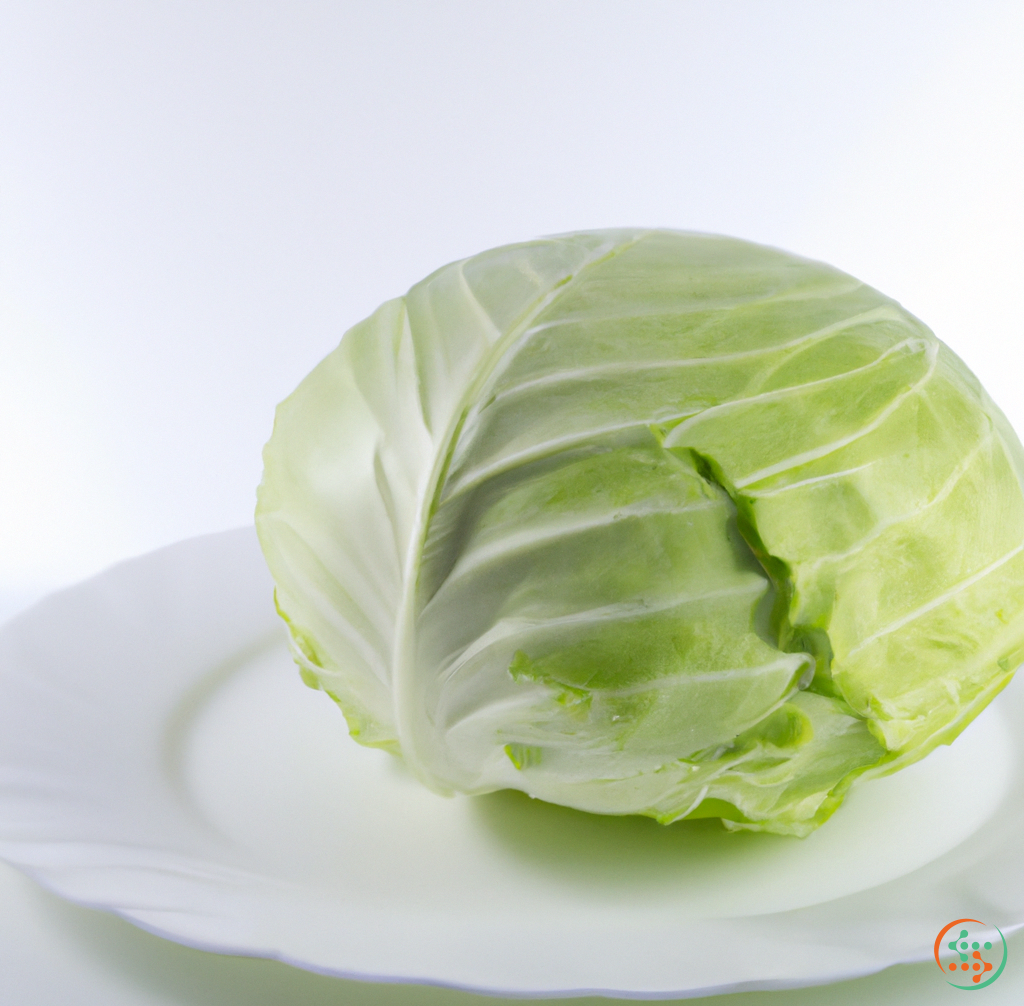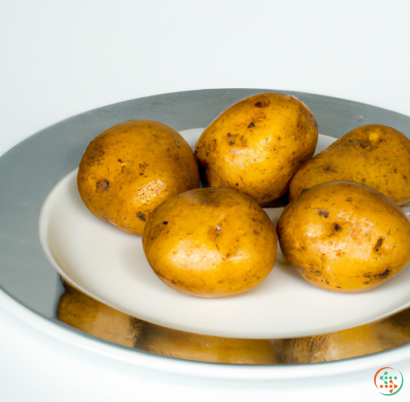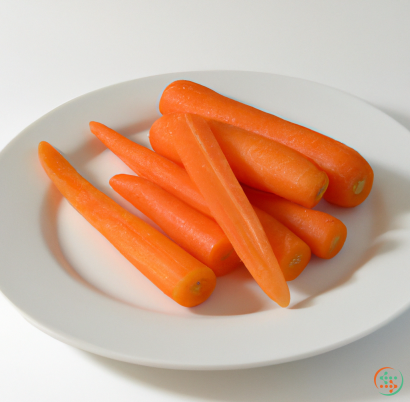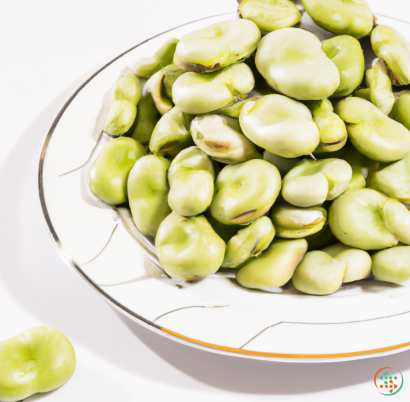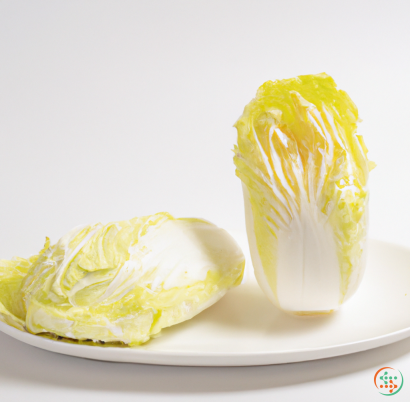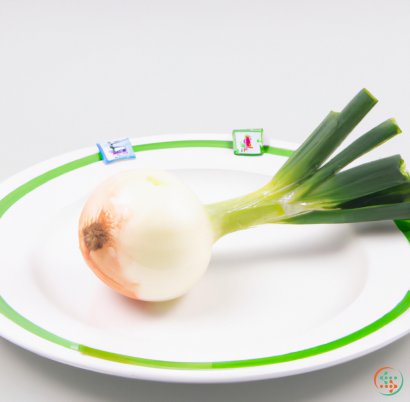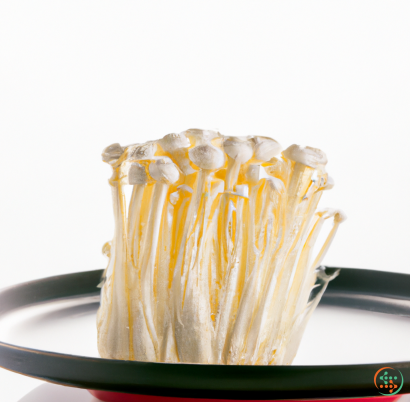Cabbage
Cabbage – a cool and crunchy vegetable, chock-full of vitamins and minerals and other helpful nutrients like dietary fiber and folate – is an important staple of diets around the world. Not only is it versatile and inexpensive, cabbage is also extremely healthy. Let’s take a closer look at this cruciferous vegetable and learn more about what exactly it is, why it’s good for us, and how we can incorporate it into our meals.
First off, what is cabbage? It’s a fast-growing, leafy vegetable that belongs to the cruciferous family of vegetables – which includes broccoli, kale, and cauliflower – and is closely related to other vegetables, like Brussels sprouts and collard greens. Cabbage comes in many different varieties and colors, ranging from deep-green to pale-green and even purple. When eaten raw, they generally have a crunchy and slightly bitter taste.
When it comes to nutrition, cabbages are full of beneficial vitamins and minerals, such as Vitamin C, Vitamin K, manganese, folate, and dietary fiber. Vitamin C helps protect our cells from damage and aids in the healing of wounds, while Vitamin K is important for bone health and promoting proper blood clotting. Manganese is an important mineral that helps support the metabolism and helps your body break down carbohydrates and proteins, while folate – also known as folic acid – is essential for pregnant women and helps promote healthy cell growth. Dietary fiber, meanwhile, helps promote regular bowel movements and aids in digestion.
In addition to all of its nutritional benefits, cabbages are also known for their disease-fighting abilities, thanks to their high concentration of antioxidants and phytonutrients, which are known for their anti-inflammatory properties. This means that regular consumption of cabbage can help ward off a number of illnesses and diseases, such as cancer, heart disease, and obesity.
So how can we incorporate cabbage into our diets? Depending on your taste, there are several options. Sautéed cabbage is one of the most popular ways to enjoy this veggie. You can also add it to soups and stews, or use it in slaws and salads as a crunchy alternative to other vegetables. If you’re in the mood for something a little more indulgent, you can even use it in creating vegetable-based pies, tarts, and gratins.
If you’re looking to buy cabbage, you have a few different choices. Head to your local farmers market to find the freshest option available, or head to your grocery store. Depending on the type of cabbage you’re looking for, you may also be able to find it online. Make sure you’re selecting a cabbage head that’s firm and without any wilted, cracked, or yellow leaves – this ensures you’re picking the best quality possible.
To keep your cabbage fresh longer, wrap it in a damp paper towel and store it in a plastic bag in the crisper drawer of your refrigerator. It should keep for up to a week – ensuring you’ll have plenty of time to make all the delicious dishes you can think of!
So there you have it – the versatile and delicious vegetable, cabbage! Its tasty flavor and nutrient-dense profile make it a perfect fit for so many dishes, and its health benefits make it one vegetable everyone should make part of their diet. So next time you’re planning a meal, why not consider adding some crunchy and delicious cabbage to the mix?
The Journey of a Cabbage: How it is Created and Travels to a Dinner Plate
There’s something special about a fresh head of cabbage. Whether you’re enjoying it in a hearty stew, or eating it fresh in a salad, a cabbage is full of crunchy, crisp flavor that is equally delicious warm or cold. But have you ever stopped to think about how it arrives on your plate? What is the journey that a cabbage takes in order to find its way to your dinner table?
From the planting of the seed to being cut and eaten, the journey of a cabbage is a complex one that involves carefully planned cultivation, transportation, and preparation. For this blog, we’ll explore the various stages a cabbage goes through during its journey from soil to dining room.
Cabbage Creation
In order for a cabbage to make its way to the dinner table, the journey begins with its creation. Many people think of cabbage cultivation as an art, and every farmer starts by selecting the right cultivator for the job. All cabbages are members of the ‘brassica’ family, which includes cauliflowers, kale, and Brussels sprouts – all of which require specific climates and soil types to provide the best possible results.
When the right cultivator is chosen, seed selection can begin. Different varieties of cabbages have their own flavors and textures, so it’s important to choose the right seeds for the desired crop. Once selected, farmers must decide when to plant the seeds and how far apart they should be set. With knowledge of weather patterns in their area, harvest season, and local market, farmers then carefully determine the right amount of space between each seed in order to maximize yield and size.
As the seeds start to grow, growers pay attention to the environment: fertilization, weed control, irrigation, pest management, and disease control, among other things. Hand-pulling weeds, rotation of crops, choice of organic or chemical-based fertilizers all play a role in the growth of an organic, healthy crop. Finally, when the timing of maturity is perfect, farmers can then carefully harvest the cabbages and transport them for processing and packaging.
Transportation and Storing
Once harvested, cabbages must be transported to the processing center. Many cabbages are transported in refrigerated trucks to reduce the chance that they might become damaged from heat during shipping. To further extend their shelf-life, the cabbages are stored in controlled temperature and humidity conditions, so they remain in ideal condition until they make it to stores or restaurants.
In addition to transportation and storage, processing plays another major role in the small ‘journey’ of a cabbage. Workers at the processing centers carefully inspect the heads of cabbage to make sure they are free of pests and diseases. Any cabbages that don’t make the cut are discarded, while those that pass the inspection are packaged and surrounded by absorbent pads to keep them moist during storage and transportation.
Transporting a cabbage doesn’t need to be complicated, as many small retailers can buy them directly from the farm. Still, regardless of where the cabbage is coming from, it needs to be handled properly before it ends up in a basket or on the shelf. For example, most retail stores use trays and bags to package their cabbages. Some stores even offer cabbages with handles, allowing customers to easily grab one without staining their hands from the outside.
Arriving at Your Dinner Table
Now that you know about the complete journey of a cabbage, let’s return to its ultimate destination – the dinner table. Before a cabbage can be cooked or served, it needs to be washed and prepped properly. This cleansing process helps remove any dirt and bacteria that may have come in contact with the cabbage during transportation and packaging. Once you have washed the cabbage, prepare it how you wish.
When the cabbage is ready, it’s now time to enjoy it! Whether you serve it in a salad, soup, stew, stiry-fry, with sauerkraut or coleslaw, the possibilities for cabbage dishes are endless. It’s easy to forget about the cabbage’s journey, but always remember to appreciate the hard work it took to get it to your plate.
Conclusion
From soil to stomach, the journey of a cabbage is an intricate one, involving careful planning, packaging and transport. Cabbages must be cultivated under precise conditions, as well as inspected, stored, and handled properly in order to maintain freshness and flavor. With all these steps, it’s easy to see why cabbages have been a popular crop and dish across the ages. The next time you sit down to enjoy a crunchy, crisp head of cabbage, remember to acknowledge the journey it made to arrive on your plate.
| Vitamin A | 0.005 mg | |
| Beta-Carotene | 0.042 mg | |
| Alpha-Carotene | 0.033 mg | |
| Vitamin E | 0.15 mg | |
| Vitamin K | 0.076 mg | |
| Vitamin C | 0.0366 grams | |
| Vitamin B1 | 0.06 mg | |
| Vitamin B2 | 0.04 mg | |
| Vitamin B3 | 0.23 mg | |
| Vitamin B4 | 0.0107 grams | |
| Vitamin B5 | 0.21 mg | |
| Vitamin B6 | 0.12 mg | |
| Vitamin B9 | 0.043 mg |
| Calcium | 0.04 grams |
Daily Value 1.3 g
|
| Iron | 0.47 mg |
Daily Value 0.018 g
|
| Magnesium | 0.012 grams |
Daily Value 0.4 g
|
| Phosphorus | 0.026 grams |
Daily Value 1.25 g
|
| Potassium | 0.17 grams |
Daily Value 4.7 g
|
| Sodium | 0.018 grams |
Daily Value 2.3 g
|
| Zinc | 0.18 mg |
Daily Value 0.011 g
|
| Copper | 0.02 mg |
Daily Value 0.9 mg
|
| Manganese | 0.16 mg |
Daily Value 0.0023 g
|
| Selenium | 0.3 ug |
Daily Value 0.055 mg
|
| Fluoride | 0.001 mg |
Daily Value 0.004 mg
|
| Tryptophan | 0.011 grams | |
| Threonine | 0.035 grams | |
| Isoleucine | 0.03 grams | |
| Leucine | 0.041 grams | |
| Lysine | 0.044 grams | |
| Methionine | 0.012 grams | |
| Cystine | 0.011 grams | |
| Phenylalanine | 0.032 grams | |
| Tyrosine | 0.019 grams | |
| Valine | 0.042 grams | |
| Arginine | 0.075 grams | |
| Histidine | 0.022 grams | |
| Alanine | 0.042 grams | |
| Aspartic Acid | 0.122 grams | |
| Glutamic Acid | 0.294 grams | |
| Glycine | 0.03 grams | |
| Proline | 0.048 grams | |
| Serine | 0.053 grams |
| Glucose | 1.67 grams |
|
| Fructose | 1.45 grams |
|
| Sucrose | 0.08 grams |
|
| Maltose | 0.01 grams |
|
| Total Sugars | 3.2 grams |
per 100g
|
| Palmitic acid (16:0) | 0.03 grams |
|
| Total Saturated fatty acids: | 0.03 g | |
| Oleic acid (18:1) | 0.02 grams |
|
| Total Monounsaturated fatty acids: | 0.02 g | |
| Linoleic acid (18:2) | 0.02 grams |
|
| Total Polyunsaturated fatty acids: | 0.02 g | |
| Phytosterols | 0.01 grams |
|
| Total Sterols: | 0.01 g | |
